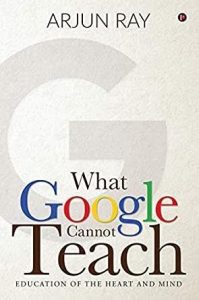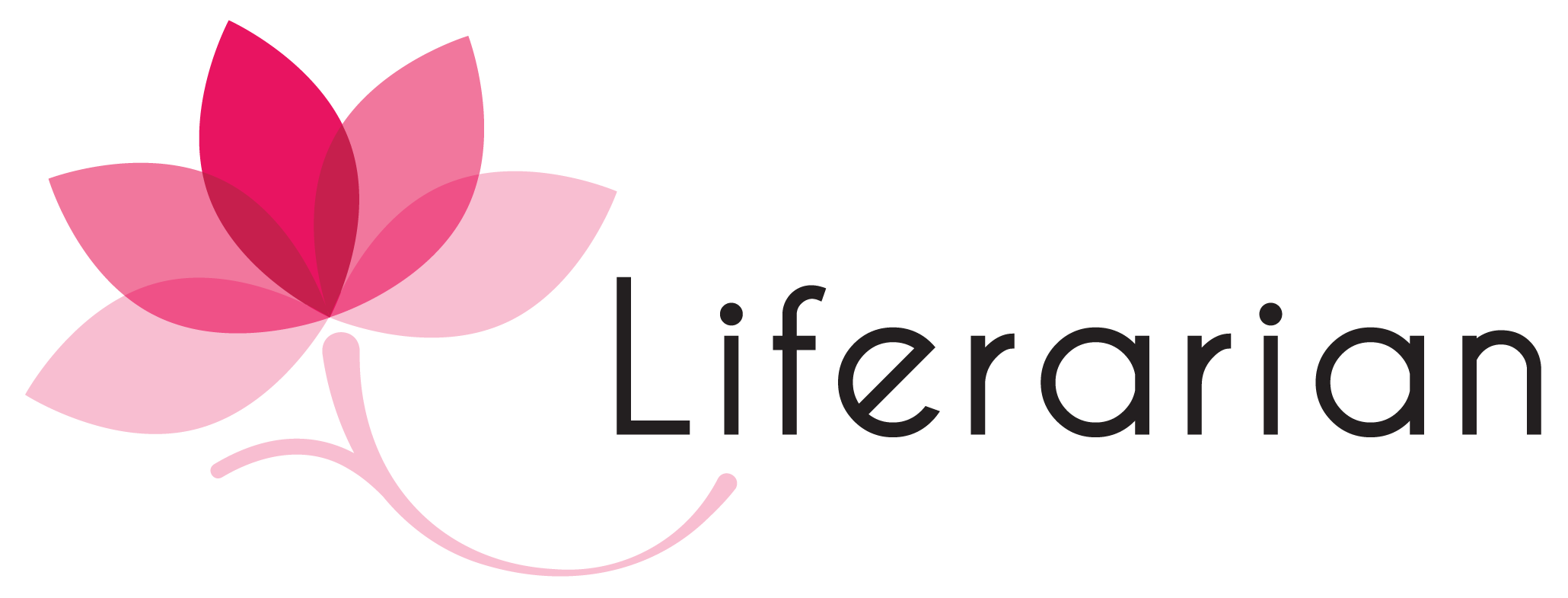The Why’, ‘How’ & ‘What’ of goals For Librarians
Why?
We never board a plane, a train, a bus and an Uber or Ola without knowing our destination. Why, then, do we embark upon our everyday and lifetime journeys without figuring our destination? I’ll refer to a little bit of Biology, a little bit of Psychology in this blog which feeds from the research of extensive reading, psychology, neuroscience and philosophy of a few experts, details of whom, you will find in the below overture (noun: a suggestion or approach designed to get a reaction).
 Biology: “Meet your happy chemicals” nicknamed D.O.S.E: in the book Meet Your Happy Chemicals: Dopamine, Dopamine, Endorphin, Oxytocin, Serotonin.
Biology: “Meet your happy chemicals” nicknamed D.O.S.E: in the book Meet Your Happy Chemicals: Dopamine, Dopamine, Endorphin, Oxytocin, Serotonin.
It says:
D for Dopamine, O for Oxytocin, S for Serotonin and E for Endorphins.
“Dopamine, serotonin, oxytocin and endorphins are the Happy Chemicals in the human brain and are responsible for happiness. These chemicals are temporarily blocked when one is suffering from any form of withdrawal symptoms. Interestingly, the mind is flooded with happy chemicals when we set goals and put in all efforts in achieving them against challenging odds.
Goals, therefore, empower us to take charge of our destiny, our happiness and our mental health and give meaning to life.”
In chapter 8 Goal – Setting of What Google Cannot Teach:
Education of the Heart and Mind by Arjun Ray best describes the impact.
- Dopamine is triggered when you find new rewards and chase goals.
- Serotonin, when you feel important and get respect.
- Love/affection and trust trigger oxytocin.
- And the good old exercise flushes us with endorphins.
Psychology: There’s More to Life Than Being Happy
“Meaning comes from the pursuit of more complex things than happiness – Belonging, purpose, transcendence, storytelling: those are the four pillars of meaning,” says Emily Esfahani Smith in her TED talk of 2017, titled: There’s more to life than being happy.
 You will also find detailed and compelling reasoning of this concept in her book – The Power of Meaning: Finding Fulfillment in a World Obsessed with Happiness.
You will also find detailed and compelling reasoning of this concept in her book – The Power of Meaning: Finding Fulfillment in a World Obsessed with Happiness.
See that you have a purpose and that makes a whole lot of difference!
So, that ends the why of goal-setting. I hope the evidence I have provided is compelling, if not definitive. You may refer to more -ology-s for your answers. I suspect that you’ll land up somewhere in and around these whereabouts only.
How?
You may keep it small or make it significant. You may choose one of the many approaches.
- Goals could be Physical, Mental, Spiritual, Career, Social, Family, Financial etc. These are all our wellness goals.
- Try finding your big pillar. This below quiz may help you
- Biology? If you are one of those hard-core pure sciences believers, make D.O.S.E goals – rewards & challenges, respect, relationships and exercise & health goals
- At a basic simplest and professional level, you may choose to make the following learning goals:
- Knowledge (what do I want to know)
- Skills (what do I want to do)
- Attitude (what do I want to be)
You may choose to take an honest 360-degree feedback here from all your personal and professional stakeholders – family, friends, supervisors, colleagues, students, management, parents or the IBO documents which guide us with desired expectations.
- Finally, you have that one BIG goal which gives you, your life’s purpose. It’s a long journey to arrive at. One needs to start someplace.
“Ordinary individuals become extraordinary when they are goal-minded, and extraordinary persons become ordinary because they seldom write goals and achieve them.” (Ray, Chapter 8 Goal – Setting)
‘What’
- Let’s start with one goal at a time. This could emerge from a strength of yours or a weakness. It could be an opportunity you see shortly or that threat looming large.
- Prepare your SWOT (Strengths, Weaknesses, Opportunities, Threats) analysis.
- The second step will be to write your goal down, which is an all-important step. Remember, ‘The Effort is the Goal’. When you write your statement, do not write the desired end-result. Make it an ‘action goal’.
- In Rays, book on goal setting and after going through the SWOT analysis, I have decided to reduce my weight by 10 kg in six months starting from today. To lose 10 kg by a chosen date cannot be the goal. The larger question is: what is the effort required to reduce 10 kg in six months? The aim must be specific, and could be either one or a combination of the following:
- Swimming 20 lengths in an Olympic-sized pool daily
- Cycling 10 km, 5-days on weekdays
- Jogging 5 km every morning
- Gym workout for one-hour daily
- 45 Day Ketogenic diet plan
My reasonable goal could be: I will cycle 10 km on weekdays and strictly follow a 45-Day Ketogenic diet plan, to reduce 10 kg weight by (give date), to enhance my self-esteem.” Effort (cycling 10 km + 45-Day Ketogenic diet) = Final Outcome (10 kg weight loss) – this example is described in Arjun Ray’s book.
Step 3 is to ask yourself. Is my goal SMART-C?
Specific.
Measurable.
Attainable.
Relevant.
Timely.
Challenging.
Once verified that it meets the above criteria, there you go! Your goal statement is ready. You only need to focus on the EFFORT – you will be leading purposeful, goal-minded days and buy your ticket to your desired destination. Do review your goals now and then; talk to a trusted friend, stay on track!
By Prasanna Peri

